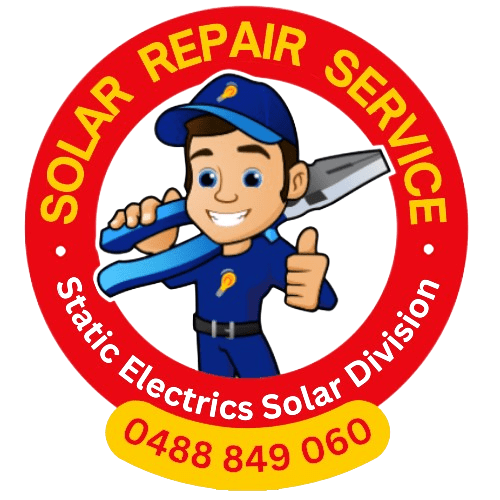Are you looking into getting solar panels installed? You won’t regret it if you do, because it’s the best way to slash your power bills and carbon footprint, help the planet with clean, renewable energy, and boost your property’s value with a low-maintenance technology that should last you decades. But how much do you know about the different types of solar panels on the market?
When asked about the different types of solar panels that are available, many people will have a ready answer: “Photovoltaic panels, of course!” But a photovoltaic solar cell is simply the long way of saying ‘solar cell’ – referring to the technology that generates electricity when exposed to light, or photons.
So if all solar panels are photovoltaic, how many types of solar panels are there, precisely? The answer, when referring to the almost 3 million rooftop power systems installed across Australia today, is nice and simple:
- Monocrystalline
- Polycrystalline
- Thin film.
Making things even simpler for the consumer, however, is that thin film panels – whilst a fundamentally positive idea for the future, are not very appropriate for the Australian rooftop. Sure, they’re cheap and light, but the current range is quite inefficient – around 12% or so. On top of that, the materials can be quite toxic which is not a great idea when the idea is to help the environment.
For Australia, then, the choice is clear: monocrystalline or polycristalline:
1. Monocrystalline
This is the original ‘tried and true’ solar panel option, packing the most efficiency punch at around 21%. What that means is that of the sunlight that hits the panel, around 20+% is effectively converted into useable electricity.
Monocrystalline panels, made of ultra-pure silicon, are the ones you see on most Aussie roofs, with the distinctive tile-like matrix of silver lines of wires separated by the white diamond shape doing the energy collecting.
2. Polycrystalline
So while monocrystalline are usually the highest performing panels out there, the way the crystals of pure silicone are sliced up results in some wasted space on the actual panel layout. And because polycrystalline panels make better use of the space, the efficiency is therefore neck-and-neck.
Also called multicrystalline, this panel type is newer – but still made of silicone. Rather than simply slicing up single pure silicone crystals, however, the polycrystalline panel is not quite as pure because it’s case into blocks. Visibly, the white lines are therefore thinner and the characteristic white diamond shape is missing, and you can also see the actual crystals more distinctly.
So which solar panel type should you choose?
As you do your own research into the solar panel types Australia wide, here’s a quick rundown of the pros and cons of both the mono and poly-crystalline options:
Monocrystalline:
- Work a little better in low-light
- Marginally better-performing in heat
- Expected to last marginally longer
- Some prefer the look
- Cost is slightly higher.
Polycrystalline:
- Easier and cheaper to manufacture
- Slightly lower cost
- Slightly lower efficiency
- Less wasted panel space
- Some prefer the look!
Solar Repair Service can help you decide
Do you need help choosing between the different types of solar panels out there? At Solar Repair Service, we’ve serviced, maintained and repaired solar panels all across Brisbane, Moreton Bay and the Sunshine Coast for many years. So our CEC-qualified solar power electricians really know what they’re talking about! Why not get in touch today for a friendly chat?







